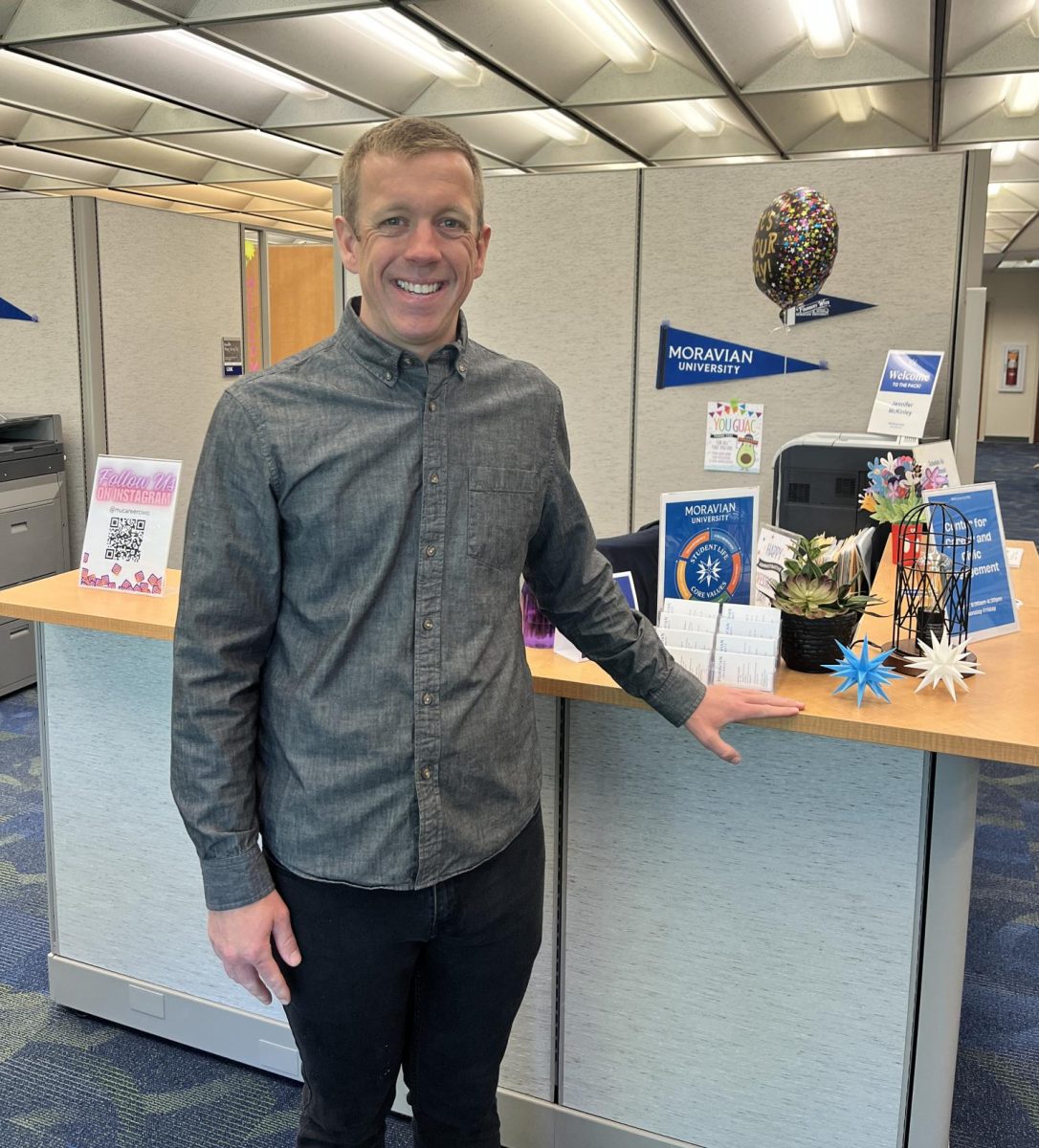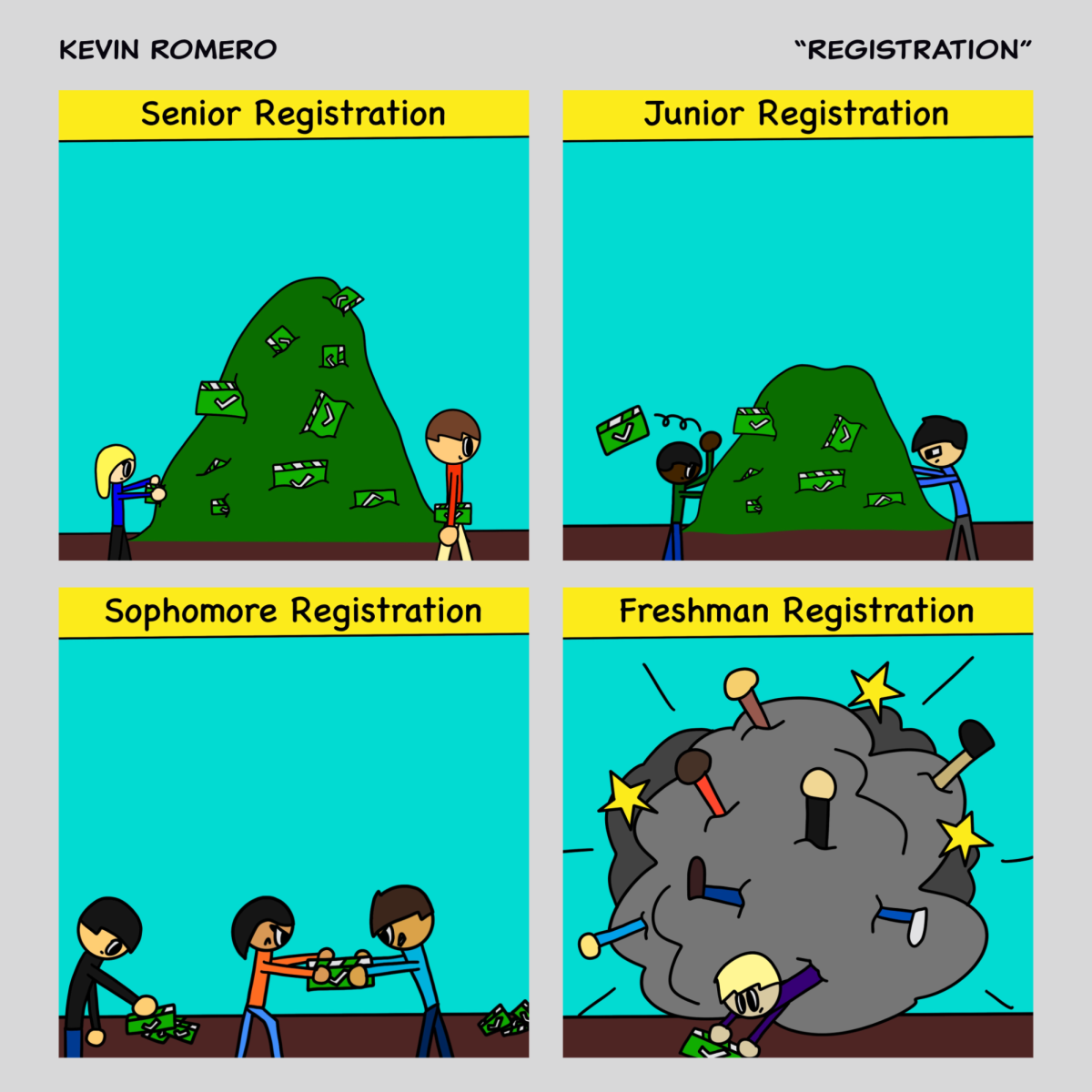A good resume is crucial, because it’s the document that helps carry us into the next phase of our lives: the working world. But creating a good one, especially from scratch, can be challenging. You have to determine what exactly you want to put in writing that highlights your best features while allowing you stand out against all the other applicants.
Fortunately, Ryan Smolko can help. A senior career development strategist with the Center of Career and Civic Engagement, Smolko recommends following these five steps to the perfect resume.
Step One: Create a Blank Document
When it comes to resumes, there are hundreds of templates to copy from, but Smolko advises against it. “ I used to work as a recruiter and you kind of see in five seconds if someone has used a template,” he said, because templates won’t differentiate you from the competition and are very cumbersome to work with. “Recruiters want to see the things that you have done in a detailed way to see if you meet the qualifications for the position,” Smolko said, ”so focus less on format and more on content.”
Start by opening up a new blank document and break down the information into sections.
Step Two: Put Down Your Contact Information
In this first section, put down all of your contact information, including your personal email address instead of your Moravian one (which you’ll eventually lose). Also add your full name, phone number, LinkedIn profile, home address, and possibly even your social media if it’s applicable to the job.
Step Three: Document Your Educational Journey
Employers want to know if/where you attended higher education. Write down your educational journey, including where you attended college, what degree you received, your major, the years you attended, and your GPA – but only if it is a 3.0 or above. “If you studied abroad … it would go in there,” said Smolko. “If you attended a community college and received an associate’s degree, it would [also] go in there.” And don’t include where you went to high school or what summer job you had, unless it pertains to the position you’re applying for.
Step Four: Figure out What Makes You Stand Out and Write it
Write about what makes you qualified for the position or field of work you are going into, sharing your notable accomplishments/experiences and the skills you have cultivated. Essentially, you are sharing your story with someone who hasn’t read it before, so put yourself in the shoes of the person reading it. Is your resume interesting? Does it highlight you in the way you want? Note the unique skills and experiences you have in order to stand out in the best way possible.
When writing this section, Smolko also recommends avoiding “I” statements and always starting with an action verb (not a form of “to be”). For example, instead of writing, “I was a manager of Dairy Queen in high school,” write something along the lines of, “Worked at Dairy Queen as manager from 2019-2022, gaining leadership skills and ….” Jot down a few bullet points of notable experiences that are pertinent to the field that you are pursuing. In these short statements, emphasize the special skills you have that would make you a good candidate for the position.
Step Five: Take a Step Back
However stellar, all your accomplishments on a resume don’t exist in a vacuum; context matters. “As the recruiter reading this, [I want]to know: Does this person have a good degree of emotional intelligence? Are they talking about skills that I’m looking for in my position?’ said Smolko. “Because all resumes go through an applicant tracking system nowadays that compares the words in your resume with what I’m looking for in my job description, it doesn’t even get to my inbox as a recruiter unless it passes a certain level.” So make sure you slant your resume to the needs of the prospective employer.
Once you’ve got a solid draft of your resume, put it aside and come back to it later, Smolko advises. You’ll come back to it with a fresh perspective and sharper eye. Now you can read through it carefully, run it through a spell checker, and fix any mistakes. Then have a new set of eyes read over it so they are able to pick up on any mistakes you may have missed.
Need more help? Make an appointment with a career development strategist ([email protected]) or visit the Center for Career and Civic Engagement, which is temporarily housed in the basement of Reeves Library. Students can schedule with their Career Strategist via their Handshake profile through their Okta SSO.











